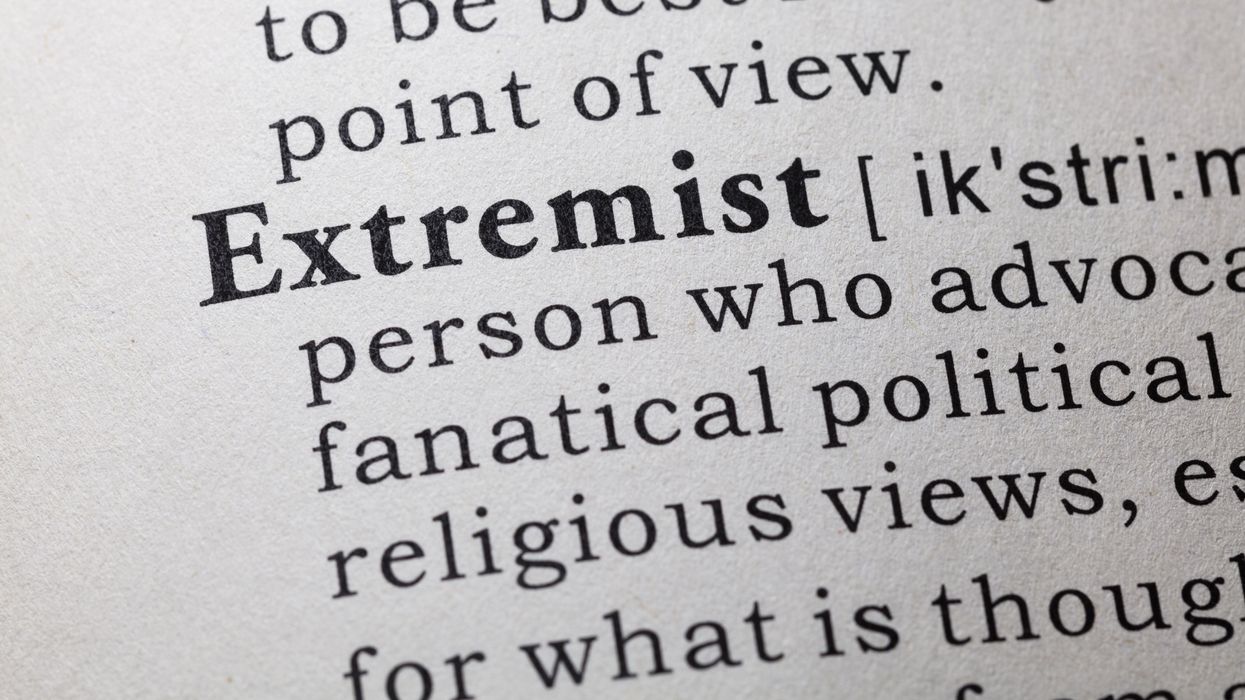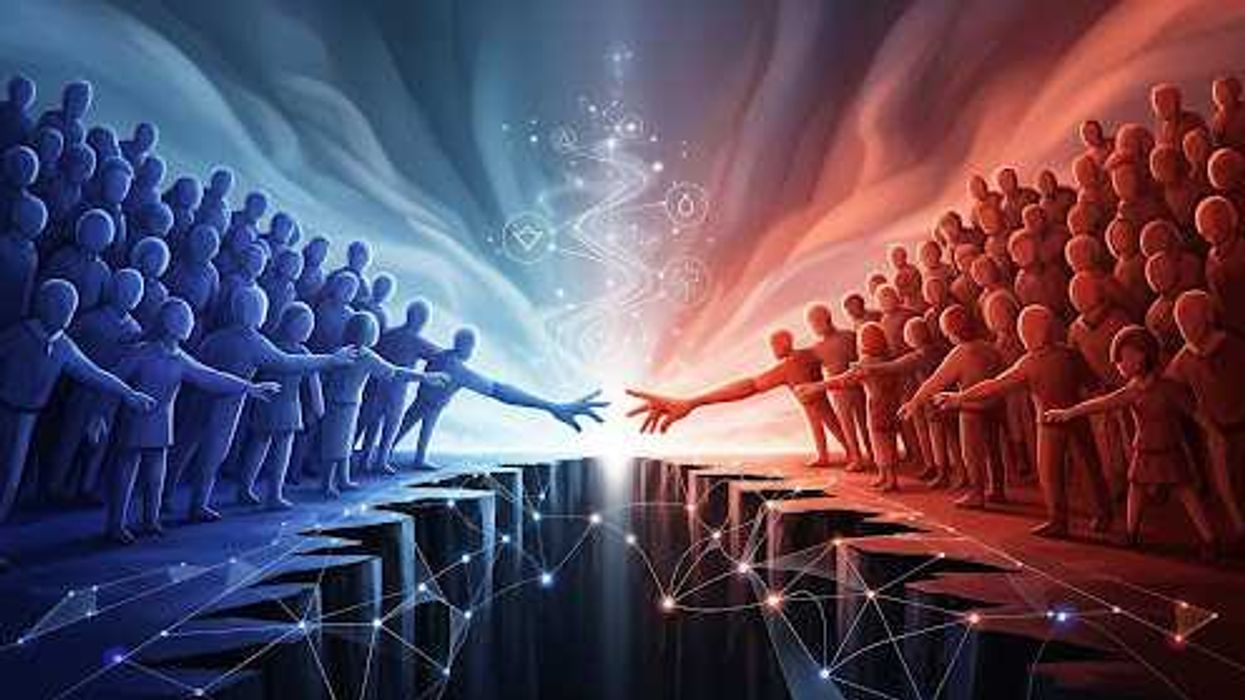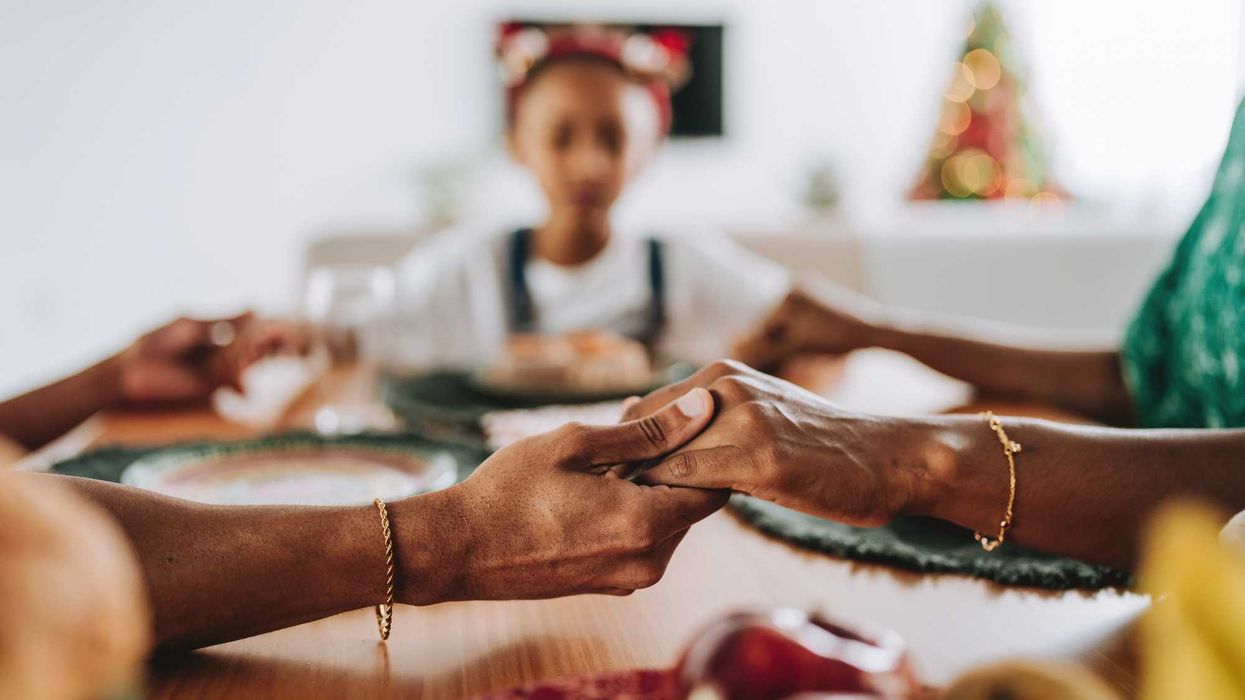McAleer is the author of "The Cure For Hate – A Former White Supremacist's Journey From Violent Extremism To Radical Compassion." He co-founded Life After Hate and is a founding partner of the Builders Movement.
When I was a white supremacist who had infiltrated the Canadian military reserves, an officer who had spent two tours of Northern Ireland embedded in a British unit told me that the Irish Republican Army had only 75 active personnel who pulled triggers and planted bombs. Behind those combatants were 3,500 people who offered them safe houses and storage for their ammunition. Bolstering them was a much broader community of people who endorsed their efforts.
Ultimately, decades of sectarian violence were perpetrated by a small group of people on each side; but it was the broader public's support that gave extremists permission to carry out their carnage.
Britain’s recent riots, instigated by anti-immigration protesters in cities across England following the stabbing deaths of three young girls, illustrate this point clearly. A violent eruption only spreads like wildfire when an environment of public support enables it to escalate.
In the days when I was driven by an extremist agenda, our movement recognized the need and opportunity to increase broad-based support among the North American middle. To normalize extremist ideas, we attempted to take a position previously considered radical and make it palatable enough for the public to get behind. If we could repackage a concept that only 1 percent of people supported in a way that 5 percent would accept, we could expand our outer edge of extremism while simultaneously moving where the center lies.
We paid close attention to public discourse in the middle, searching for signals of our efforts taking hold. Thankfully, we failed; but the lesson remains: Language of intolerance and dehumanization in the center ultimately enables radical extremism at the outer edges.
In the aftermath of the Oct, 7, 2023 attack on Israel, I participated in conversations with people on all sides of the conflict. Often, I was shocked by the extraordinary comments made by very reasonable people. When this happened, I would interrupt my company and ask them to repeat themselves while listening closely to their own words — to the gross generalizations, dehumanizing rhetoric and support for extreme acts of violence. Even having gone through the process of radicalization and deradicalization myself, I remain shocked by how quickly sentiment can turn; how extremist ideas rapidly become normalized; and how many people can quickly be swayed to justify hate.
In the current polarized political climate, I see this process occurring. Each side views the other through a binary lens and assumes moral superiority for their stances. To varying degrees, all of us have become influenced by a narrative of existential, all-or-nothing partisan crisis. Depending on which American friends and colleagues I speak to about the upcoming elections, the underlying assumption is that everyone will be doomed to either concentration camps or civil war.
Endorsements for extremism don't have to be outright calls to arms; they're usually far more casual. When celebrities and musicians display the severed heads of their political opponents and joke about how the shooter shouldn't miss his target next time, they give their support to radical elements. When we reduce entire swaths of the population to names like "criminal," "rapist," "weird" or "extremist," terms which stigmatize and dehumanize the "other," we tacitly condone ideas that lie outside of political norms. These notions inform an increased sense that "the ends justify the means" and widen our windows of acceptance for radical means. When we equate politicians with Hitler, for example, should we be surprised when an assassination attempt is made?
The most extremist members of society, those bent on exclusion, hatred and suffering, are ready and waiting to seize upon our words to accomplish their destructive agendas. Almost universally, violent conflicts worldwide begin with slurs to denounce another group, painting them in a derogatory light. Through the gradual process of dehumanization through rhetoric, exclusion and microaggressions, each group frames "the enemy" as an existential threat to their value system, religion, way of life, privilege, culture and so on. Lazy language that defaults to stereotypes, generalizations and name-calling creates just enough fuel to light a fire in the outer fringes. With enough tacit support from the center, a spark can give way to an inferno with enough power to sustain itself.
It is essential that the majority of people in the center maintain our values and humanity. As Friedrich Nietzsche said, "Beware that, when fighting monsters, you yourself do not become a monster."We cannot lend our voices to the cause of extremism, even if we are doing so unintentionally. How we choose to show up, particularly on divisive issues, recalibrates the norms. It sends a signal to those around us that we demand better from ourselves; that we will not stoop to carelessness, fear and judgment to comfort ourselves or win favor in challenging times. When we choose our words intentionally, we help guide others to do the same. With curiosity and courage, we can halt the slide.
Over this past year, I have traveled extensively throughout the United States, screening the film “The Cure For Hate – Bearing Witness To Auschwitz,” and implementing an accompanying curriculum that helps high school students explore the process of othering, dehumanization and polarization (then and now). We have gone from the bluest town in the bluest county in the bluest state — Battleboro, Vt. — to the reddest town in the reddest county in the reddest state — Rigby, Idaho.
On the surface, these places seem to be worlds apart; but, when I talk with the parents of our student participants, they all express similar concerns for their children. They long for their kids to grow up safe and healthy; they want them to have access to a promising future. They have different ideas on how to reach these goals, but they start from a common place.
When we adopt a mindset of "us vs. them," we ignore this space where progress toward those shared goals can happen. When we break the pattern, that's when we all stand a chance.



















